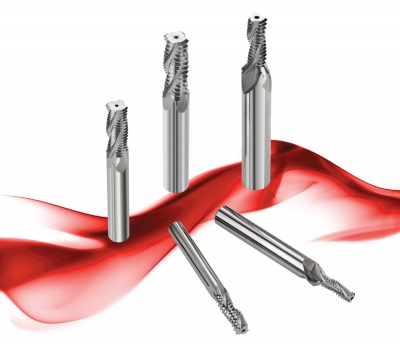
The new Carmex AMT (aluminum mill-thread) cutter delivers a fine surface finish, good chip evacuation and is constructed of solid carbide to absorb cutting forces in high-speed aluminum machining. Available in a cylindrical shank or Weldon shank, the AMT is designed to minimize the tendency of aluminum to stick to the cutting tool edges. The uncoated smooth cutting edge, equipped with coolant hole pass-through, generates high thread surface and is ideal for both right- and left-hand internal threads.
According to Jim White, national sales manager for Carmex USA, “The AMT tool is ideal for applications in the aerospace and automotive industries and others where there is demand for both high speed and high precision in the machining of aluminum. An extremely versatile tool, the AMT can also be used in applications involving cast iron and stainless steels. It is available in a variety of sizes and thread configurations.”
Contact Details
Related Glossary Terms
- coolant
coolant
Fluid that reduces temperature buildup at the tool/workpiece interface during machining. Normally takes the form of a liquid such as soluble or chemical mixtures (semisynthetic, synthetic) but can be pressurized air or other gas. Because of water’s ability to absorb great quantities of heat, it is widely used as a coolant and vehicle for various cutting compounds, with the water-to-compound ratio varying with the machining task. See cutting fluid; semisynthetic cutting fluid; soluble-oil cutting fluid; synthetic cutting fluid.
- shank
shank
Main body of a tool; the portion of a drill or similar end-held tool that fits into a collet, chuck or similar mounting device.
- stainless steels
stainless steels
Stainless steels possess high strength, heat resistance, excellent workability and erosion resistance. Four general classes have been developed to cover a range of mechanical and physical properties for particular applications. The four classes are: the austenitic types of the chromium-nickel-manganese 200 series and the chromium-nickel 300 series; the martensitic types of the chromium, hardenable 400 series; the chromium, nonhardenable 400-series ferritic types; and the precipitation-hardening type of chromium-nickel alloys with additional elements that are hardenable by solution treating and aging.






